
Tooth filling also known as Dental filling is a dental restorative procedure. It is highly deployed in treating cavities. Treating a decayed tooth with dental filling materials prevent the expansion of cavities. This is also helpful in repairing broken or cracked teeth if the extent of repair is minor.
Different types of filling materials
With the advent of advancements in Dentistry, you can get an exclusive range of dental filling materials today.
1.Gold Fillings
Gold filling materials are highly durable and can persist for 15 to 20 years. The gold inlays do not irritate the surrounding or adjacent gum tissues. Hence the wearer does not encounter any side effects with this filling.
The disadvantage of this filling relies on its aesthetics and cost. As it is a metallic filling, it contrasts with the adjacent teeth. Similarly, gold fillings are quite higher in price when compared to other dental filling materials.
2. Composite Resins
Composite resins are also known as plastic resins or tooth-colored resins. As the resins are available in natural tooth color, this fillings will not affect your smile aesthetics. It provides more hard and sturdy support to the tooth after filling. The composite materials are helpful in treating worn, cracked or broken teeth as well as decayed teeth.
The hardships involved in this filling include less durability (4 to 5 years) and highly prone to discoloration with beverages like tea, coffee.
3. Silver Amalgams
The silver colored filling material which contains ingredients like silver, tin and copper are sturdy in nature. Hence they can endure wear and chewing forces. Similar to gold fillings, the durability of silver fillings ranges between 10 to 15 years and are cost effective.
Due to its metallic color, it cannot be utilized in repairing front teeth and contradicts with the neighboring teeth.
4. Porcelain Fillings
The porcelain fillings are made up of ceramic materials with which crowns, bridges are fabricated in dental laboratories. The ceramic fillings are also termed as inlays & onlays are highly durable (lasts up to 15 years) and available in the color ideal to our natural teeth. Unlike composite resins, ceramic fillings are less stainable.
The main disadvantage of porcelain ceramic fillings is that they are costlier than silver amalgams and composite resins. It is quite expensive as gold filling.
5. Glass Ionomer
Glass ionomer is the new filling material that is made up of acrylic and a special kind of glass material. Dentists choose this filling material in certain cases when they need to fill beneath the gum lines. Similarly, this is deployed by pediatric dentists for filling the milk teeth in children.
Similar to tooth-colored resins, the glass ionomers are also less durable and can last up to 4 to 5 years only.
Conclusion
Beginning from mercury filling, modern dentistry has brought various filling options to preserve a tooth from decay. You can get recommendations on appropriate filling materials based on the severity and extent of the issue.
Care on the dental fillings is essential to prevent the filled tooth. When there is a leak in the cementing material, bacteria present in the mouth take advantage of such breakage for further infection and lead to abscessed tooth. Hence you need to visit your Dentist for every 6 months to check the dental fillings.

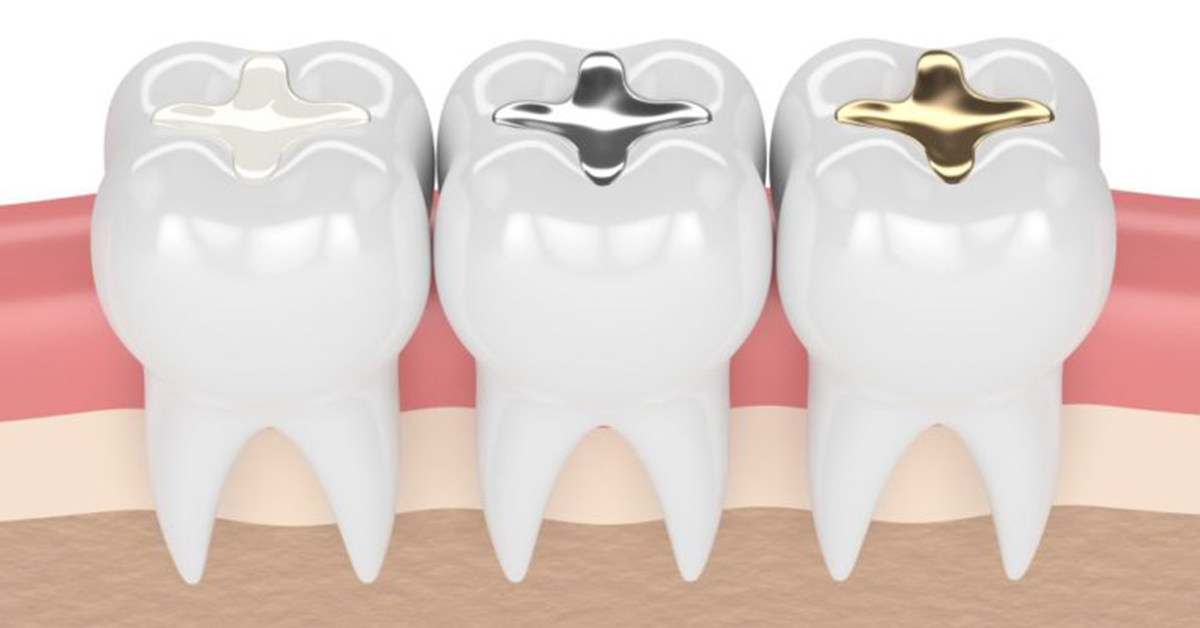



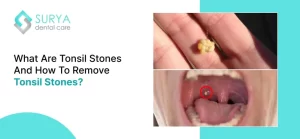
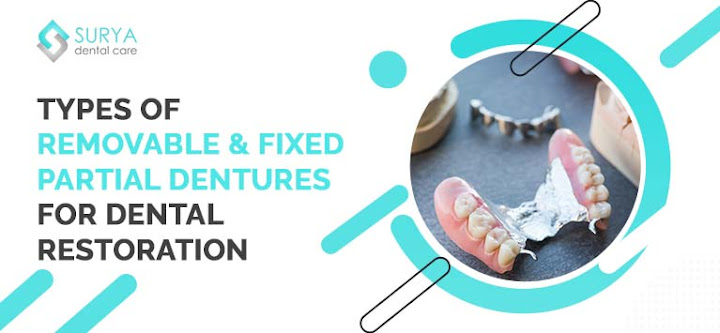

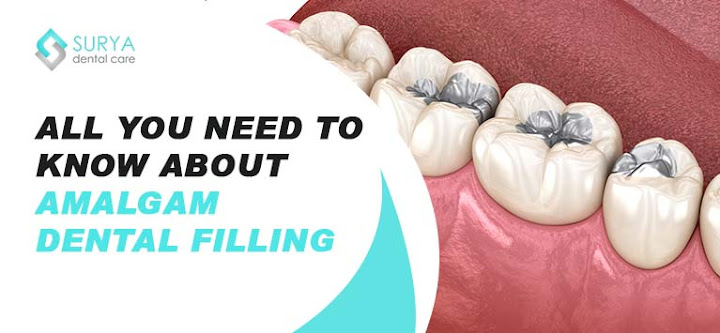
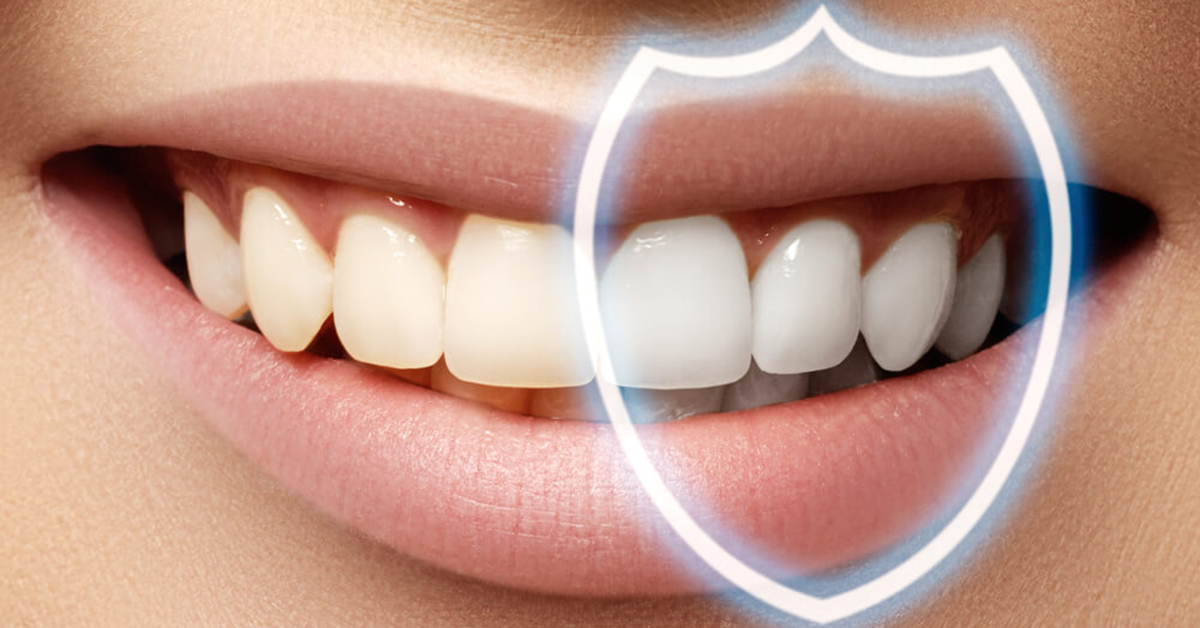

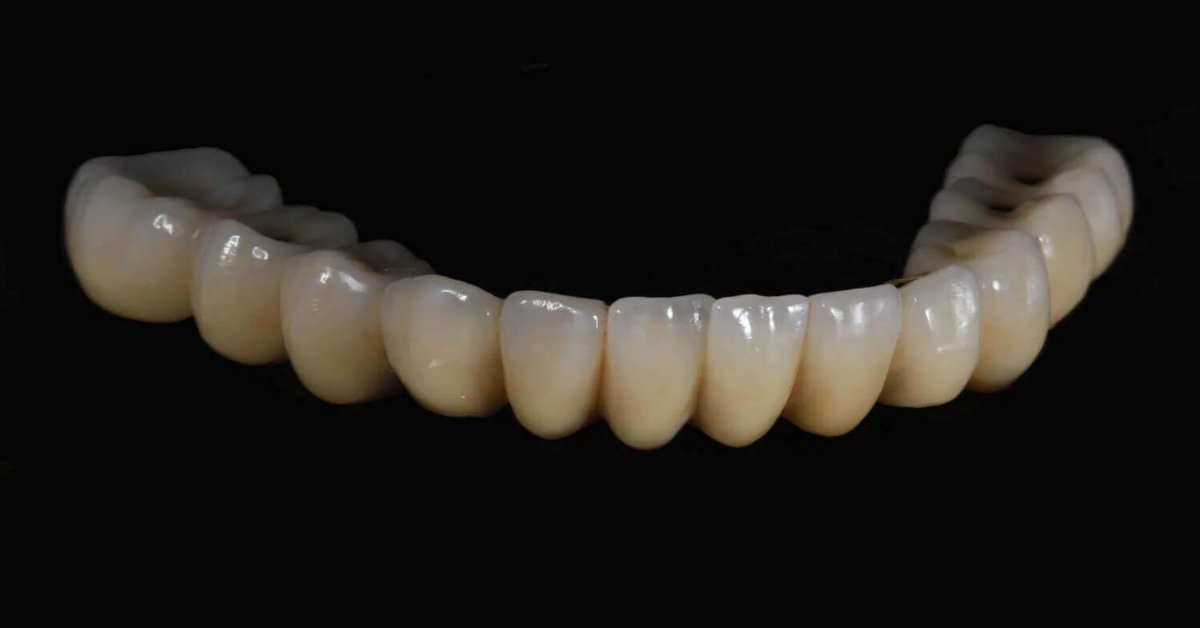
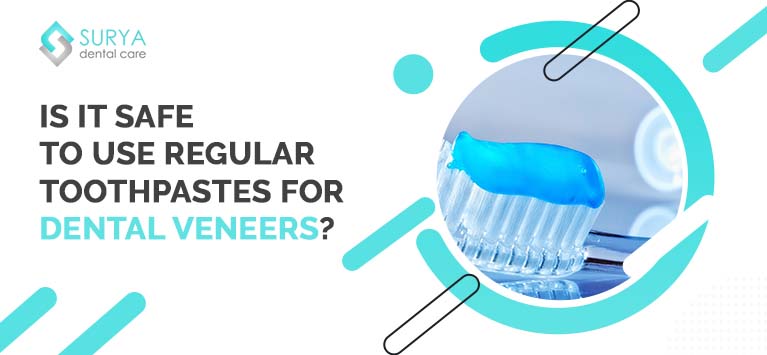

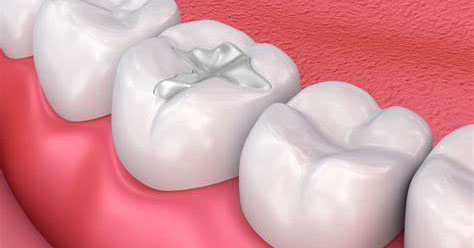
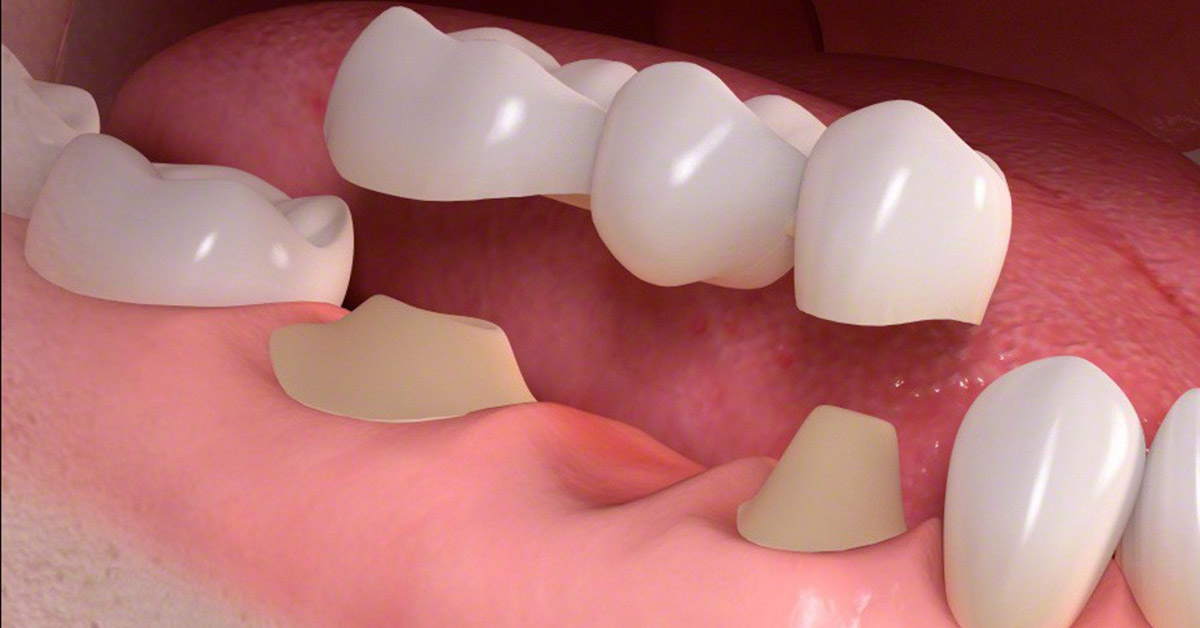
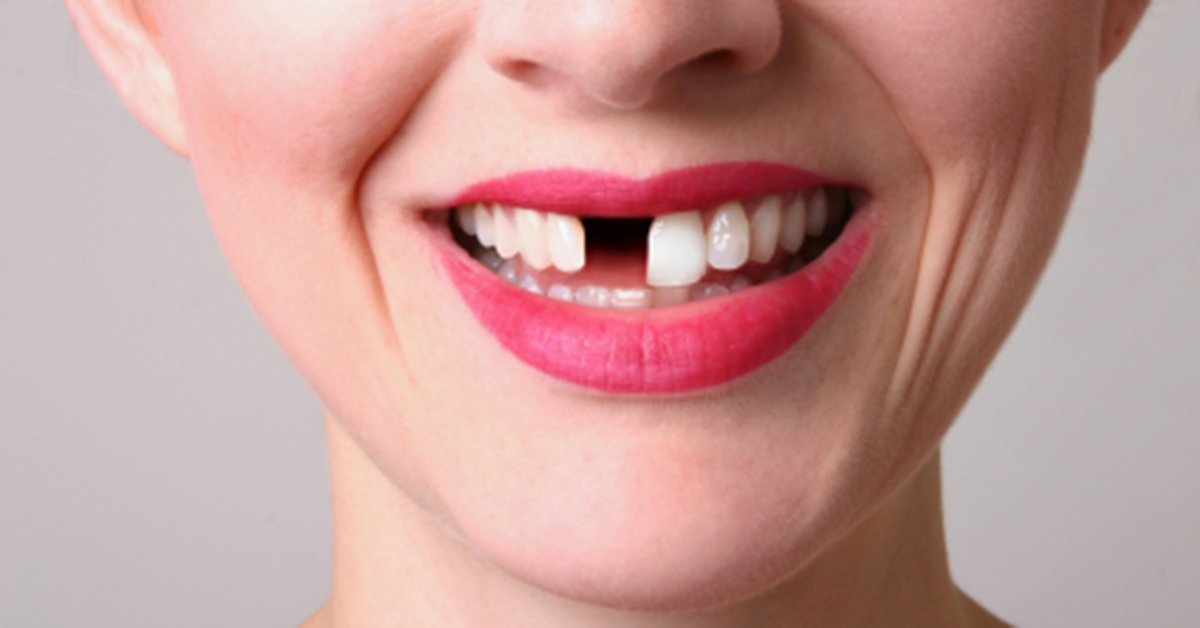
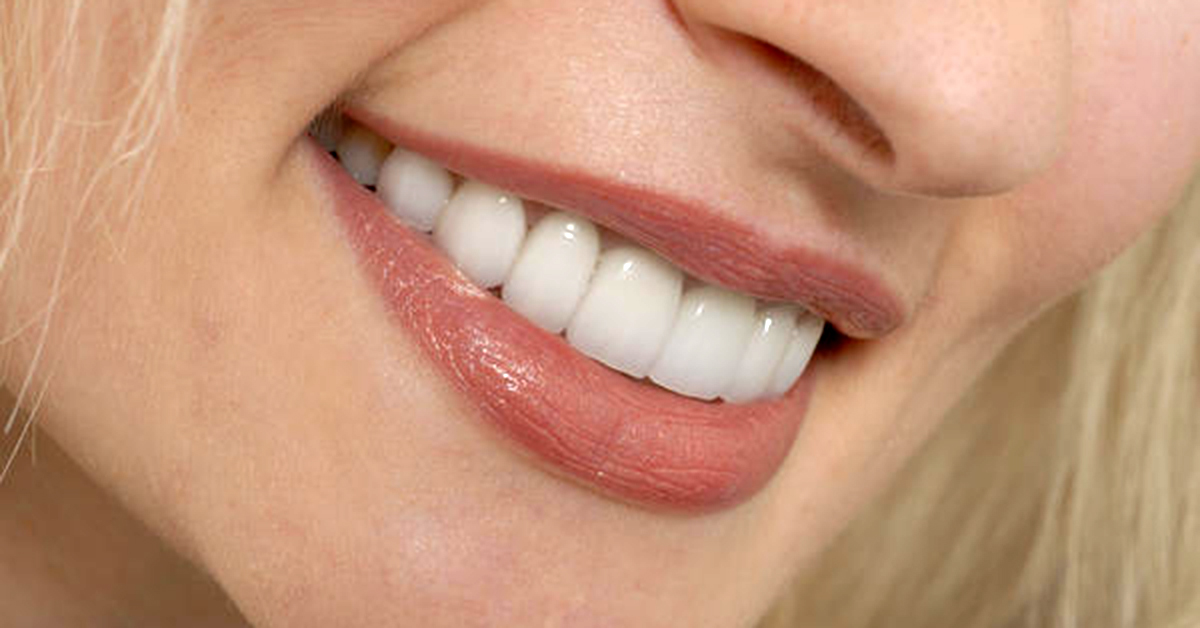




Leave a Comment